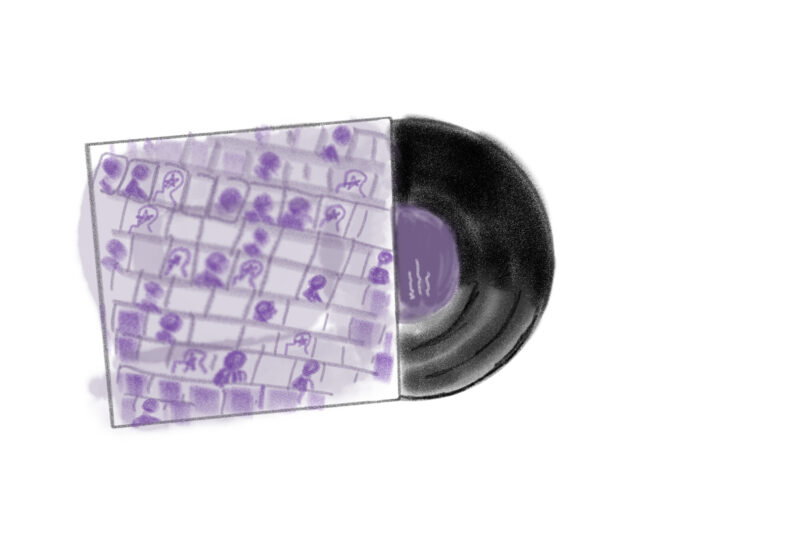Drive past the backside of Hutchison Hall on a snowy winter night, and you will see an oasis of green in UR?s greenhouse.
The greenhouse in Hutchison Hall was planned as part of the building?s original construction by architect Kenneth Demay, of Sasaki, Dawson and Demay Associates in Boston, Mass. The construction began in 1966 and ended in 1972.
The building houses the biology and chemistry departments, and the greenhouse is used to house plants for use in the biology department.
The original UR greenhouse was located in Dewey Hall, but it was relocated to Hutchison Hall when the building was completed, said Howard Bryant, the Facilities Manager for the Department of Biology. The Dewey Hall greenhouse was demolished a few years later.
Beverly Mihalenko is the Biology Lab Preparator and uses the greenhouse for a variety of things. She said that the plants she is growing in the greenhouse are primarily used in the labs for Biology 111, Principles of Biology II.
The class will use plants from the greenhouse in three different labs. In the photosynthesis lab, coleus plants are used to help determine the pigments that are utilized during photosynthesis.
There are many different classes of plants including mosses, ferns and liverworts that are currently housed in the greenhouse for the plant diversity lab.
Sunflower seedlings will also soon be in the greenhouse, and they will be dissected for observation in the plant anatomy lab.
So, the Hutchison greenhouse offers more than a wintertime reminder of what spring will eventually look like, it is a functional building that provides materials for the use of many different students.



